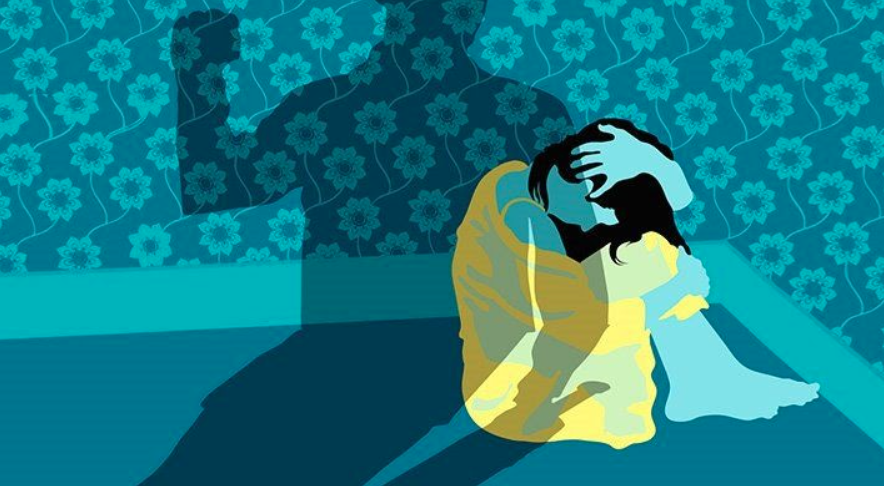Behind Closed Doors: Domestic Violence and the Battered Woman Syndrome
Behind Closed Doors: Domestic Violence and the Battered Woman Syndrome
Ananda Limprasert- Guest Journalist
In the Emergency Shelter at Don Muang, Bangkok, women with many different stories, such as domestic abuse from an intimate partner, sexual or mentally assaulted, unintended/teen pregnancy, and/or contracted HIV/AIDS, gather and reside at this shelter. Such shelters are largely in need all around the world. As reported by The Centers for Disease Control and Prevention and the National Institute of Justice, one in four women has experienced domestic violence in the US.
The emergency shelter and victims have been negatively affected by Covid-19. According to the shelter, fewer donations have been made, making the shelter face financial difficulties in smoothly operating the shelter at full capacity. Children who reside in the shelter have also not been able to receive adequate education due to virtual schooling and lack of equipment for virtual school. Lastly, the shelter has not been able to host events and take in new victims looking for a shelter, due to many limitations.
The main reason why victims of such events decide to leave their situation is because of fear of harming their young child; however, a large number of women in unfortunate situations cannot leave their situation. According to the Emergency Shelter, the reasons “why victims cannot leave the vicious cycle of abuse or an unhealthy environment is due to financial setbacks, financial dependency on an abusive partner, unemployment, denial that their partner is abusive, afraid to leave, or mental impacts which cause a loss of trust, self-trust, or self-value.”
These cycles can ultimately lead to the Battered Woman Syndrome.
What is the Battered Woman Syndrome?
The ‘Battered Woman Syndrome is a common result of long-term abuse where it can be classified as PTSD. The Battered Woman Syndrome consists mainly of four stages:
1) Denial, when the victim is unable to accept the truth of their situation.
2) Guilt, when the victim blames themselves.
3) Enlightenment, is when the victim acknowledges their situation and realizes that they did not deserve the abuse.
4)Responsibility, when the victim realizes that the abuser is responsible for the abuse and takes action to leave the situation.
Signs of the syndrome are apparent when the victim believes that they inflicted harm against themselves (self-blame), and believes that the abuser observes their every move, making them afraid of their partner. Furthermore, signs of abuse can be observed through frequent bruises or injuries, the extreme difference in personality, excuses not to meet friends and family, or frequent calls from someone. Being anxious around an intimate partner or family member is also a strong sign. Reach out to support systems or a therapist to consult if you or anyone is experiencing battered woman syndrome.

Citations
https://www.everydayhealth.com/news/understanding-battered-womens-syndrome/. Accessed 16 Dec. 2021.
Battered Woman Syndrome.
https://courses2.cit.cornell.edu/sociallaw/student_projects/BatteredWomanSyndrome.htm. Accessed 16 Dec. 2021.
“What Is Battered Woman Syndrome?” DomesticShelters.Org,
https://www.domesticshelters.org/articles/legal/what-is-battered-woman-syndrome. Accessed 16 Dec. 2021.
“What to Know About Battered Woman Syndrome.” Healthline, 6 May 2021,
https://www.healthline.com/health/battered-woman-syndrome.
“Understanding Battered Woman Syndrome.” EverydayHealth.Com,





